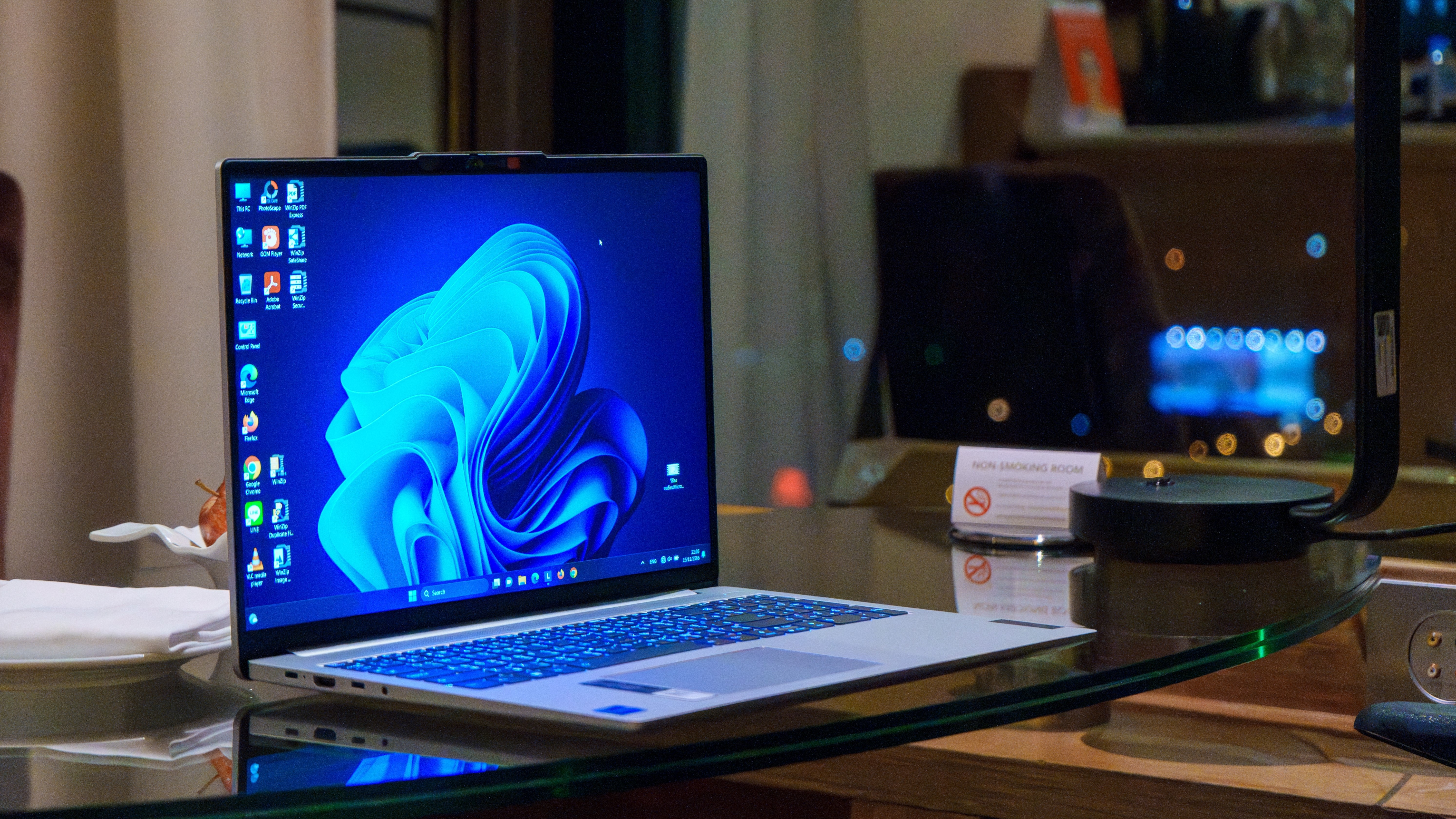Windows 11 is getting a very handy change to the taskbar, as Microsoft takes a leaf from Apple’s Mac playbook
On top of major rumored changes for the Start menu, Windows 11’s interface is seemingly getting a major polish

- Microsoft has applied a useful tweak to the taskbar in a new preview build
- When there are a lot of app icons on the taskbar, they'll be scaled down intelligently to fit more in
- That avoids being forced to overflow excess app icons to a secondary menu, where they might get lost – but you don’t have to enable this behavior
Windows 11 appears to be set for another tweak to the taskbar which will be handy for those who like to juggle a lot of apps and keep a bunch of them running all at once.
It’s just in testing for now, but the fresh introduction to a preview of Windows 11 in the Beta channel (as highlighted by The Verge) is a feature called taskbar icon scaling.
What normally happens when you open a lot of apps is that when Windows 11 gets to the point where it can’t display all the icons, the overflow will be separated off into a popout (secondary) menu.
With the new taskbar icon behavior, though, what’ll happen instead is that Windows 11 will intelligently trim down the icons, scaling their size so that more of them can be shown at one time on the taskbar.
Other notable changes in this new Beta build (version 26120.3671) include an ability to help you share files more easily. This kicks in when you drag a file from a folder, whereupon a tray pops up at the top of the screen, offering a selection of apps that you can drop said file straight into to share it directly.
Also, for those with Copilot+ PCs, Microsoft is changing its still controversial Recall feature so it has a “basic search history” added, and Click to Do now has an ‘Ask Copilot’ option.

Analysis: Added taskbar smarts, but only if you want them
The way the taskbar currently works in Windows 11 isn’t ideal for situations where you have a heavy load of app usage. In these scenarios, some of those applications are shuttled off elsewhere, to that secondary menu, and you might even forget that you’ve got them running because of that. Or at least it’s a bit clunky when you want to switch to a given app, and you can’t find it on the bar, so you have to click through, wait for said secondary menu to pop up, and then locate the application there.
Sign up for breaking news, reviews, opinion, top tech deals, and more.
Smaller, intelligently scaled icons solve this problem, but of course, the drawback with shrinking app icons is that they become harder to see, at least if you go too far. That’s why Microsoft has made this a choice, of course – if better visibility is crucial to you, then you don’t have to enable taskbar scaling.
There’s an option to have it on, or off, and a third choice to only use the feature when the taskbar is full (which is likely what the majority of users who like this idea will plump for).
This is a useful change, then, albeit one from Apple’s playbook – this is how macOS deals with app icons on the dock – and hopefully it’s a tweak that won’t take too long to come through to the release version of Windows 11. Notably also hidden in the background of recent preview builds is a much bigger move for another core element of the Windows 11 interface – in this case, it’s the Start menu, which is potentially getting the change that I’m most desperate to see.
You may also like...
- Microsoft looks to be making a big change to how you install and log in to Windows 11 – and I’m not happy about it at all
- Windows 11’s latest patch declares war on BIOS updates for some Lenovo laptops, blocking them as a security risk in a bizarre turn of events
- Windows 11 fully streamlined in just two clicks? Talon utility promises to rip all the bloatware out of Microsoft’s OS in a hassle-free way
Darren is a freelancer writing news and features for TechRadar (and occasionally T3) across a broad range of computing topics including CPUs, GPUs, various other hardware, VPNs, antivirus and more. He has written about tech for the best part of three decades, and writes books in his spare time (his debut novel - 'I Know What You Did Last Supper' - was published by Hachette UK in 2013).
You must confirm your public display name before commenting
Please logout and then login again, you will then be prompted to enter your display name.